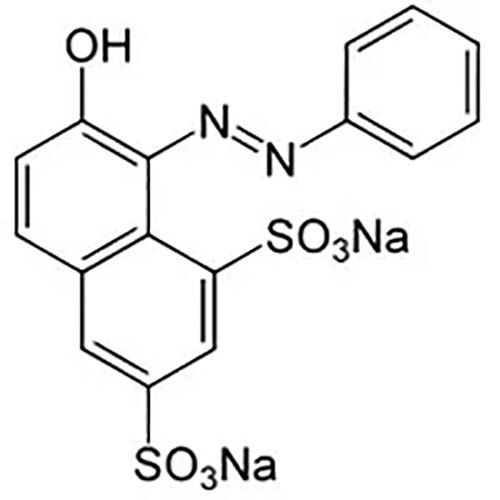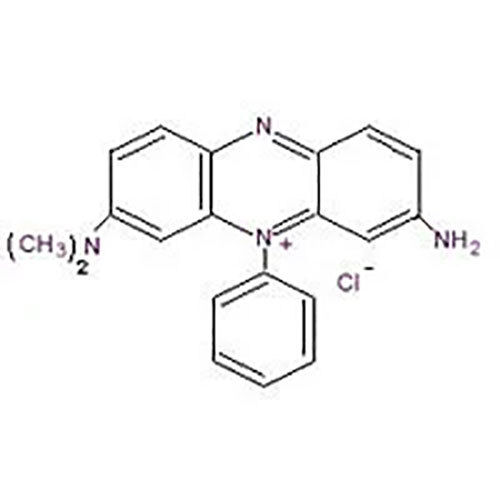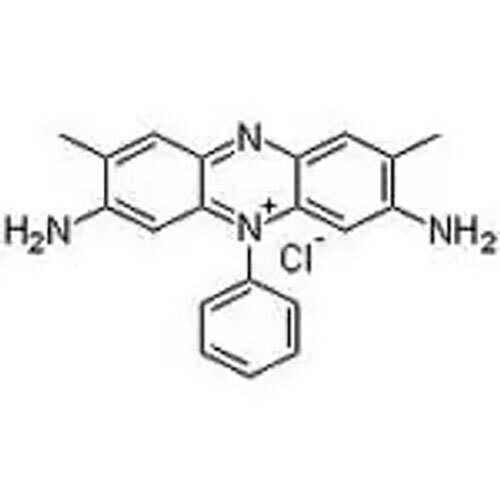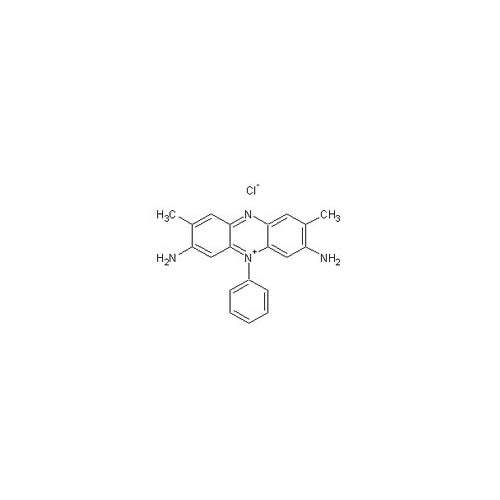Orange G Dyes
Orange G Dyes Specification
- Melting Point
- Approximately 200 C
- Packaging Type
- Bag, Drum, Packet
- Usage
- Used as a dye for biological stains, textiles, research
- Purity
- 99%
- Physical State
- Powder
- Storage Instructions
- Store in cool, dry place, away from sunlight
- Shelf Life
- 2 Years
- Size
- Customizable packaging
- Molecular Weight
- 452.39 g/mol
- Grade
- Industrial Grade
- Type
- Acid Dye
- Application
- Laboratory, Textile Industry, Biological Staining, Microscopy
- Appearance
- Orange Powder
- Purity(%)
- 99%
Orange G Dyes Trade Information
- Minimum Order Quantity
- 100 Kilograms
- Supply Ability
- 50000 Kilograms Per Week
- Delivery Time
- 3-7 Days
About Orange G Dyes
Orange G:-
We are counted amongst the leading manufacturers and exporters of Orange G. Also known as Organe Gelb, it is a synthetic acid dye used for application in many histology in a number of staining formulations. This dye can be combined with other yellow dyes using alcoholic solution for staining erythrocytes. This is particularly used in trichrome method where it shows cells in pituitary and pancreas glands. Orange G is normally available as disodium salt having the appearance of orange crystals or powder.
Some remarkable features of Orange G:
- Suitable as AZO dye in staining formulations
- Generally comes as disodium salt
- Orange crystals/powder
- Main usage is in OG-6 papanicolaou stain
- Good for use as color marker for monitoring process of 1% agarose gel electrophoresis.
MOQ 50kg
| Specification | |
|---|---|
| Common Name | Orange G |
| C.I.No. | 16230 |
| C.I. Name | Acid Orange 10 |
| Solubility in Water | 10.86% |
| Solubility in ethanol | 0.22% |
| Colour | Silver Crystal Orange |
| Empirical Formula | C16H10N2O7S2Na2 |
| Formula Weight | 452.386 gm/mole |
| Absorption Max | 476-480 nm |
| Dye Content | >90% |
Versatile Industrial and Laboratory Dye
Orange G Dye is widely valued for its versatility across research, industrial, and scientific applications. Its strong solubility in water and stability under typical storage and usage conditions make it ideally suited for biological staining in laboratories, as well as for textile dyeing. The dyes consistent quality arises from strict adherence to ISO 9001:2015 certified manufacturing processes, meeting the needs of demanding professional environments.
Optimal Storage and Custom Packaging Options
For best results, Orange G Dye should be stored in a cool, dry place, away from direct sunlight to preserve its properties. The product is offered in a range of packaging formatsbags, drums, or packetsand packaging sizes can be customized to match user requirements. This flexibility ensures easier handling, efficient storage, and convenience for both small-scale laboratories and large textile enterprises.
FAQs of Orange G Dyes:
Q: How should Orange G Dye be stored to maintain its quality?
A: Orange G Dye should be stored in a cool, dry place, away from sunlight. This ensures the dye remains stable and retains its properties for up to its 2-year shelf life.Q: What is Orange G Dye commonly used for?
A: Orange G Dye is primarily utilized in laboratory settings for biological staining, in the textile industry for fabric dyeing, and for research and microscopy applications. Its high purity and reliable performance make it ideal for these precise uses.Q: When does Orange G Dye show maximum stability?
A: The dye maintains maximum stability under normal storage conditions and is particularly stable in acidic media, making it suitable for techniques and processes that require acidic environments.Q: Where is Orange G Dye manufactured and supplied from?
A: Orange G Dye is manufactured, supplied, and exported from India, produced under ISO 9001:2015 certified processes by reputable dealers and exporters specializing in industrial-grade dyes.Q: What benefits does Orange G Dye offer over other dyes?
A: Orange G Dye offers high purity (99%), stable performance in water and acidic conditions, customizable packaging, and compliance with stringent international manufacturing standards, all contributing to accurate results and safety in handling.Q: How is Orange G Dye typically applied in laboratory procedures?
A: In laboratories, Orange G Dye is most often used as a biological stain for microscopy and tissue analysis. Its excellent solubility and stability facilitate consistent staining results.Q: What should be considered when selecting packaging for Orange G Dye?
A: Users can choose from bags, drums, or packets, with custom sizes available to fit the quantity needed. This flexibility aids in storage and transportation management, whether for small-scale or bulk use.

Price:
- 50
- 100
- 200
- 250
- 500
- 1000+
More Products in Biological Stains Category
Janus Green B
Price 50 INR
Minimum Order Quantity : 100 Kilograms
Application : Biological Staining, Indicator Dye, Mitochondria Staining
Storage Instructions : Store in a cool, dry place, protected from light
Molecular Weight : 511.06 g/mol
Purity(%) : ~90%
Basic Violet 5 / Dimethyl Safranine
Price 65 INR
Minimum Order Quantity : 100 Kilograms, ,
Application : Biological Staining, Textile, Laboratory Reagent
Storage Instructions : Store in a cool, dry place, tightly closed
Molecular Weight : 350.86 g/mol
Purity(%) : 99%
Safranine O
Price 75 INR
Minimum Order Quantity : 100 Kilograms
Application : Biological staining, microscopy, textile dye, research
Storage Instructions : Store in tightly closed container, in a cool, dry place, protected from light
Molecular Weight : 350.85 g/mol
Purity(%) : >85%
Safranine O Stains
Minimum Order Quantity : 100 Kilograms
Application : Industrial
Storage Instructions : Cool & Dry Place
Molecular Weight : 350.85 Grams (g)
Purity(%) : 95
 |
MEGHA INTERNATIONAL
All Rights Reserved.(Terms of Use) Developed and Managed by Infocom Network Private Limited. |
 English
English Spanish
Spanish French
French German
German Italian
Italian Chinese (Simplified)
Chinese (Simplified) Japanese
Japanese Korean
Korean Arabic
Arabic Portuguese
Portuguese
 Send Inquiry
Send Inquiry




